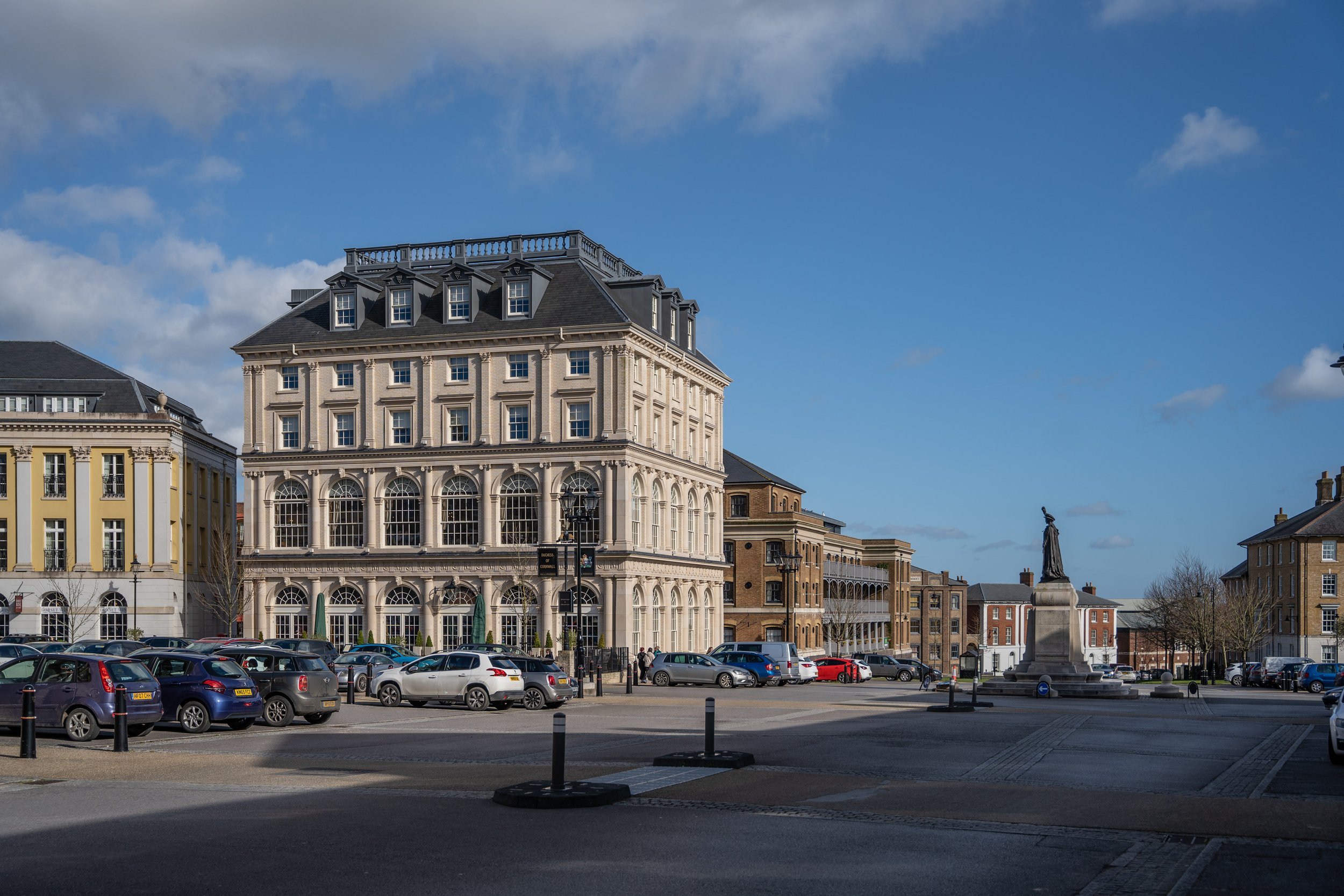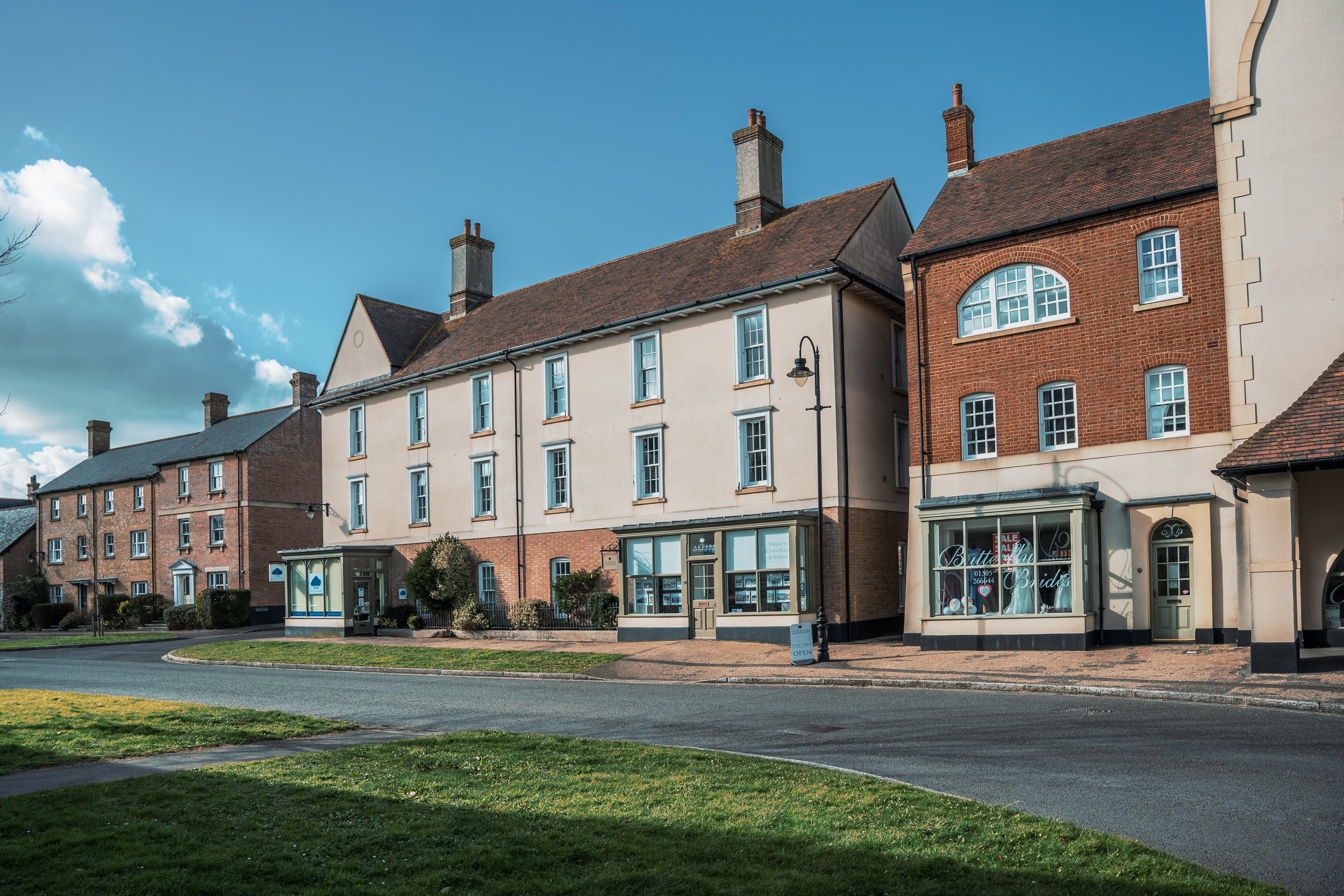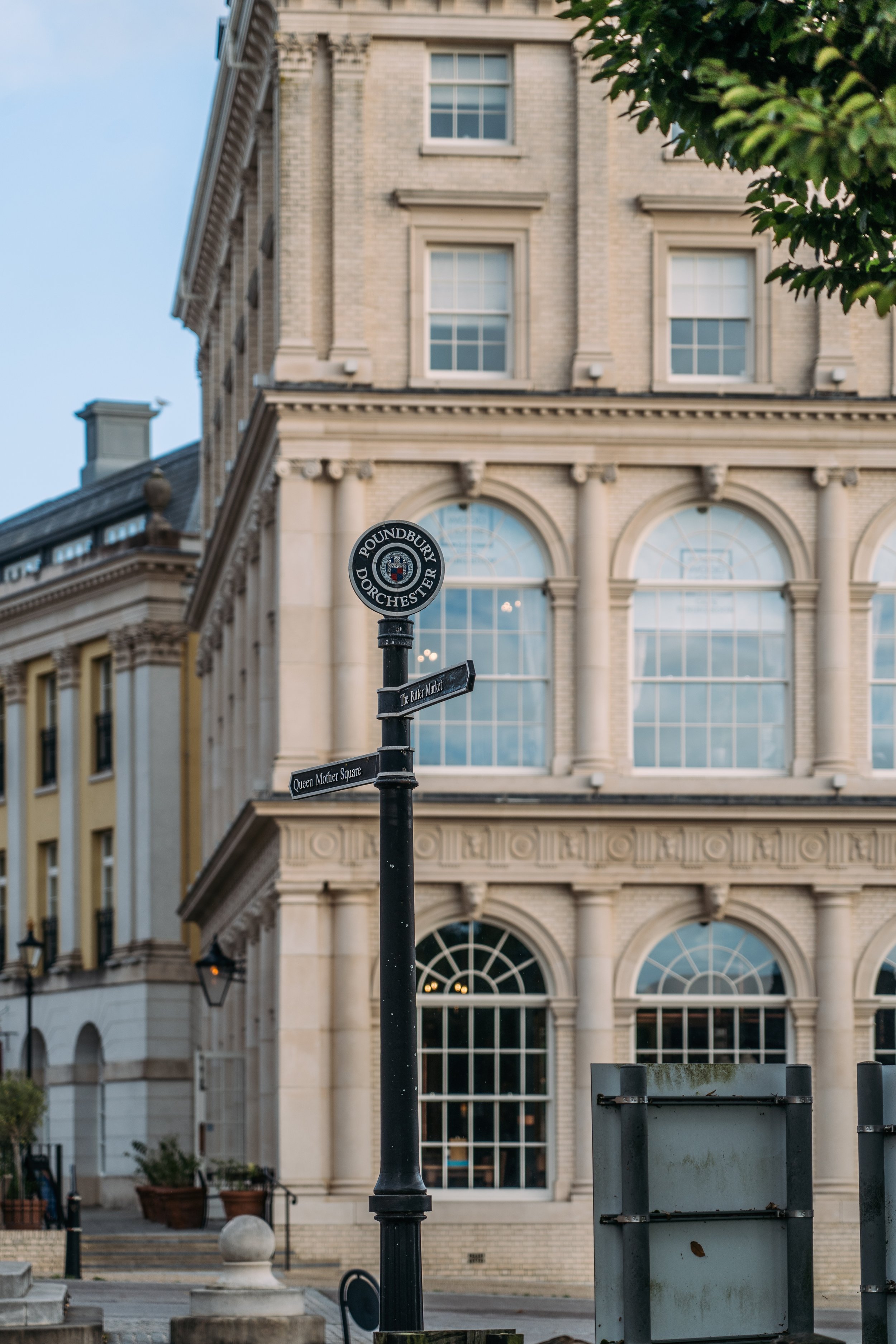Poundbury, an ambitious urban experiment championed by King Charles III (then Prince Charles), stands as a testament to the idea that building beautifully is still possible in the modern age.
Located near Dorchester, England, Poundbury defies the typical conventions of modern town planning by embracing traditional urbanism and architecture that reflect the local Dorset character. Conceived by architect Léon Krier, the town follows the principles of mixed-use development, walkability, and sustainable design.
King Charles was motivated to create Poundbury after witnessing the destruction of Britain’s architectural heritage and the rise of soulless modern developments. His vision was to build a town that honored traditional British urbanism while providing a better quality of life for its residents. The result is a place where homes, shops, offices, and parks are all within a 10-minute walk, creating a vibrant, self-sufficient community that fosters human interaction.=
One of Poundbury’s key successes is its focus on mixed-income housing, with around 35% of the homes designated as affordable. These houses are indistinguishable from the other residences, promoting social cohesion and diversity. The town’s architecture respects local traditions, using materials and craftsmanship that are both beautiful and sustainable. Buildings are designed to last, ensuring that the town will remain attractive and functional for generations to come.
Despite initial skepticism and media criticism, Poundbury has become a thriving, popular place to live. Its success has sparked similar developments across Britain, proving that people are drawn to places that prioritize beauty, harmony, and livability. Poundbury’s enduring appeal demonstrates that traditional urban principles still work in the 21st century, offering a model for building sustainable and desirable communities.






